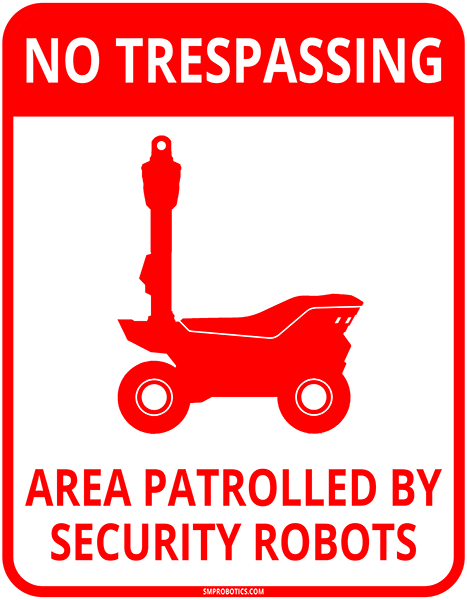Robots rental and leasing
Rental and leasing simplify the delivery of robotic services and the performance of commercially viable work that can be done by robots. However, robots are relevant only if the end user can provide the necessary maintenance and service, and can independently replenish usage consumables. In this case, continued cooperation of commercial robot providers and users benefits both parties over the long term.
Robots for Rent
For short-term robot use, robots can be rented for the duration of works involved. If the intended use of the robot is considerably shorter than its operational resource, permanent ownership of it may prove to be economically unviable. However, even renting a robot will allow for lower operational costs than recruiting and maintaining an actual workforce.
A robot’s working resource is measured in years, and in this time it can successfully complete tasks at a number of sites belonging to different owners. Intensive use of commercial robots will ensure fast return on invest for their owner and low cost of work for their renter.
Robots for Lease
Leasing enables you to obtain a commercial robot with marginal initial capital investment. This calls for having a scope of work sufficient for full-time robot’s operation. If the robot is working continuously, then the resulting income should be sufficient to cover operational costs and leasing payments. When the leasing agreement comes to an end, the robot becomes the property of the company using it and can be involved in profit generation throughout its operational life.
The use of leasing optimizes revenue flow and reduces tax burden. With regard to commercial robots, leasing enables you to migrate from human labor to robotized workflow. With the gradual proliferation of robotic services that involve artificial intelligence, the accumulation of usage data allows user entities to optimize operational conditions and provide knowledge support for an increasingly autonomous robotic workforce.
The high efficiency of leasing and renting robots
The division of labor between the robot’s owner and leaser facilitates specialization and improved performance. In the economic terms described, only the costs of highly-qualified technical robot support fall on the shoulders of the robot’s owner. The leaser will need only to provide elementary maintenance and consumables. The normal operation of robots can be controlled by both parties via Ethernet monitoring.
It’s worth noting that robots incur much less operational costs. SMP Robotics autonomous mobile robots do not use combustible fuel and are powered exclusively by electricity. When in operation, they do not require constant human presence, since the service they provide is of constant quality.
Become security robot distributor
Commercial robot insurance
Despite it being autonomous, the robot’s functionality in large part depends on the conditions determined by its maintenance personnel. There is a possible risk of damage to or loss of the robot through human negligence. In order to reduce the risk of financial loss both on the part of the owner or leaser and the company using these services, taking out robot insurance is advisable.
The insurance company can also protect against third party damage if such a risk is possible during normal robot operation. Insuring the robot and risks associated with its work directly is an essential and absolute condition of mutually beneficial relations between the owner and the renter or leaser of the robot.











